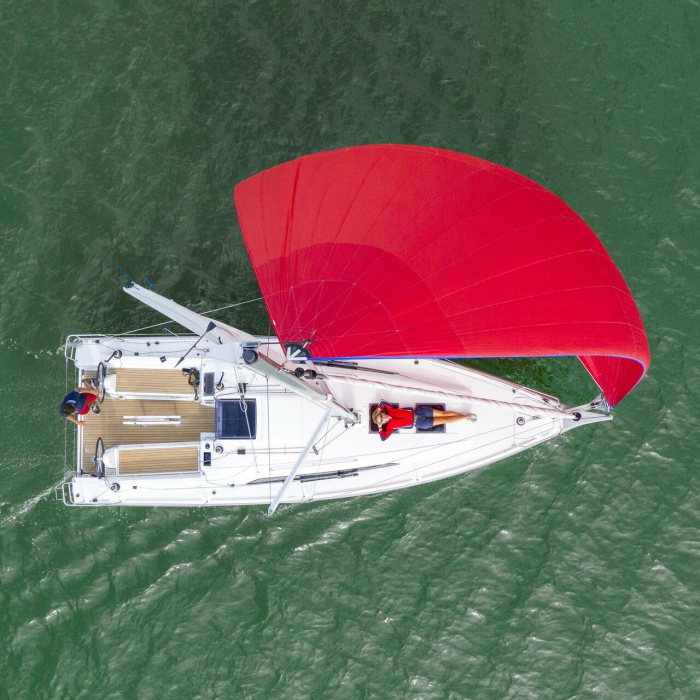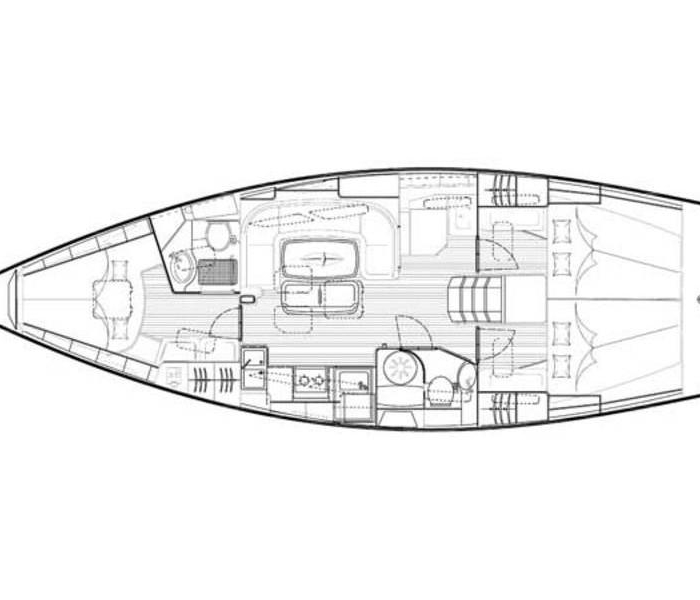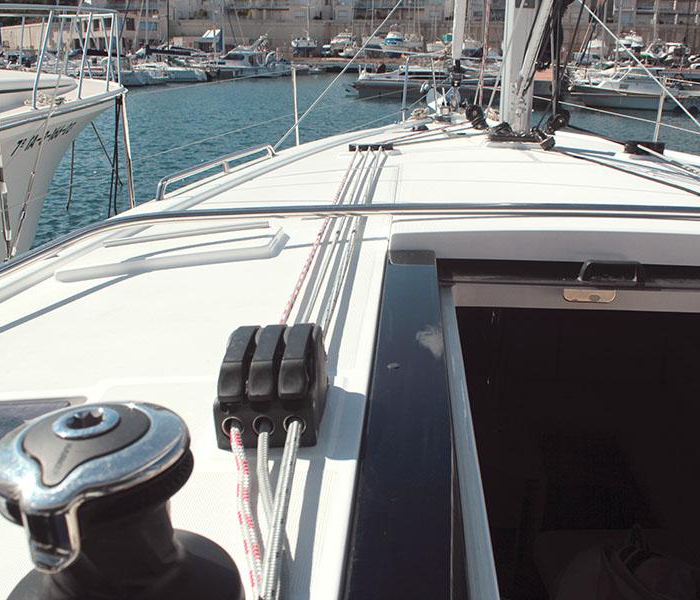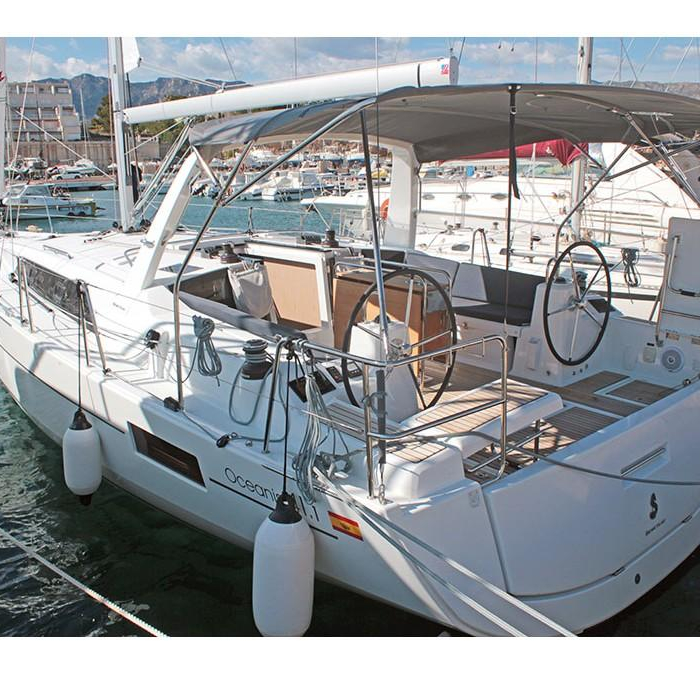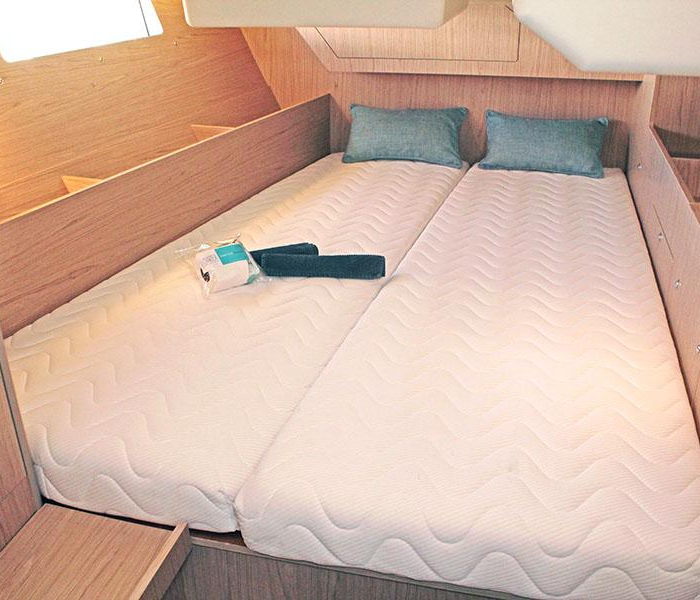Yacht Charter Palma de Mallorca

BeCharter

Starsails Yachtcharter

Pitter Yachtcharter - Nautic Alliance

Starsails Yachtcharter

Starsails Yachtcharter

Starsails Yachtcharter

Pitter Yachtcharter - Nautic Alliance

Starsails Yachtcharter

BeCharter

 gift
giftBeCharter

Save to selection
The winds of Palma de Mallorca
Mistral (NW)
Mistral winds can affect the weather in Palma de Mallorca, particularly during the winter months. These winds are typically strong and dry and blow from the northwest. During the summer months, Mistral winds can bring cool air to Palma de Mallorca, providing relief from the heat and making outdoor activities more enjoyable. However, during the winter months, Mistral winds can be much stronger and can cause rough seas and high waves, making it difficult for boats to navigate. Despite the potential for strong winds, Palma de Mallorca is a popular destination for outdoor enthusiasts and water sports enthusiasts, offering a variety of activities such as sunbathing, swimming, diving, and sailing. Visitors can also enjoy the area's beautiful beaches, historic landmarks, and cultural attractions.
Mistral (NW)
The Mistral wind is a northwesterly wind that is most common in the Rhone Valley region of France, but it can also affect other areas in the western Mediterranean, including the Balearic Islands, which include Palma de Mallorca.
Bora (NE)
Bora winds are not common in Palma de Mallorca or the Balearic Islands. Bora winds are a type of wind that primarily affects the Adriatic Sea, particularly the coastal regions of the Balkan Peninsula, and are not typically associated with the Balearic Islands, which are located in the western Mediterranean Sea.
Bora (NE)
The Bora winds are not typically associated with Palma de Mallorca, Spain, as they are mainly found in the Adriatic Sea region. However, Palma de Mallorca does experience winds from various directions due to its location in the western Mediterranean.
Tramontana (N to NW)
Tramontana winds can significantly affect the weather in Palma de Mallorca, particularly during the winter months. These winds are typically strong and dry and blow from the north to northwest. Tramontana winds can bring cooler temperatures to Palma de Mallorca, making outdoor activities more enjoyable during the summer months. However, during the winter months, these winds can be very strong and can cause rough seas and high waves, making it difficult for boats to navigate. Despite the potential for strong winds, Palma de Mallorca is a popular destination for outdoor enthusiasts and water sports enthusiasts, offering a variety of activities such as sunbathing, swimming, diving, and sailing. Visitors can also enjoy the area's beautiful beaches, historic landmarks, and cultural attractions.
Tramontana (N to NW)
Tramontana winds are a type of north to northwesterly wind that are prevalent in the Balearic Islands, including Palma de Mallorca. These winds are typically associated with clear skies and cooler temperatures, and they can bring about changes in the sea conditions and weather patterns.
Jugo (SE)
Jugo winds are not common in Palma de Mallorca or the Balearic Islands. Jugo winds are a type of wind that primarily affects the eastern coast of Italy, Slovenia, Croatia, and Montenegro, and are not typically associated with the Balearic Islands, which are located in the western Mediterranean Sea.
Jugo (SE)
The Jugo wind is not a common wind pattern in Palma de Mallorca, Spain. Jugo is a term used to describe a type of southeast wind that is prevalent in the Adriatic Sea region, particularly in Croatia.
FAQ
Free Deposit Pack
With FDP (Free Deposit Pack), you have the chance to avoid a full security deposit and lock in your funds. Just pay 20% upfront (non-refundable), and experience a hassle-free journey. * The price of the FDP rises to 25% if booked less than 30 days before the charter.




